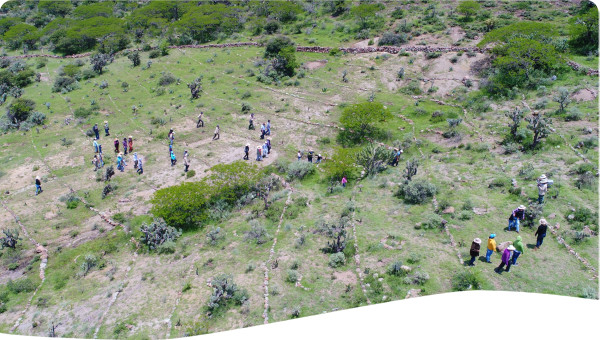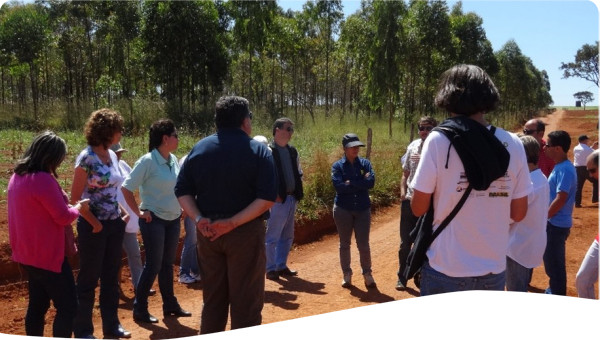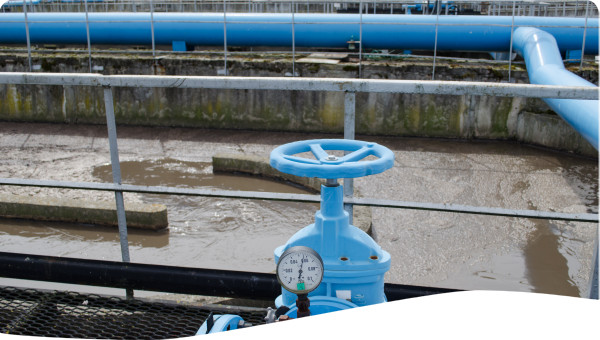Water is needed for drinking and irrigation purposes and paradoxically, in Bhutan water shortages occur despite the presence of sufficient resources. In order to provide irrigation water to farmers living in upper slopes and hilltops in Lingmutey-chu who faced issues in accessing water in 2014, a siphon project was initiated by GWP Bhutan/Royal Society for Protection of Nature in collaboration with the Ministry of Agriculture and Forest in Bhutan.
Bhutan is located in the Eastern Himalayas grants and it has ample freshwater resources and as a result, the country has one of the highest per capita water availability in the world. This resource has been harnessed for the generation of hydropower, which acts as a major source of the country’s income. Despite water resources being abundant in the region, uneven spatial and temporal distribution of water bodies makes them hard to access. The majority of Bhutan’s water resources flow through small streams and rivers located at the bottom of gorges and ravines while human settlements and farmlands occupy upper slopes and hilltops.
Water is needed for drinking and irrigation purposes and paradoxically, water shortages occur despite the access of sufficient resources. As the population grows in both urban and rural areas and the country seeks to modernize, these challenges are forecasted to get more critical with rising
pressure on available water resources. The increased pressure is due to intensifications in agricultural practices, animal husbandry, and industrial and domestic uses. However, climate change brought on by global warming will most likely be the biggest threat in the coming decades.
The primary goals of agriculture in Bhutan are to raise the per capita income of the people living in rural areas, to enhance self-sufficiency in staple crops, and to increase the productivity per unit of farm labour and agricultural land. Agriculture is hampered by lack of irrigation, rough terrain, poor soil quality, and limited number of arable lands.
In order to provide irrigation water to farmers living in upper slopes and hilltops in Lingmutey-Chu who faced issues in accessing water in 2014, a siphon project was initiated by GWP Bhutan/Royal Society for Protection of Nature in collaboration with the Ministry of Agriculture and Forest in Bhutan. Primarily the Engineering Division of the Department of Agriculture under the Ministry of Agriculture and Forests, Bhutan carried out the designing and on-ground implementation of the project along with providing in-kind contributions. GWP Bhutan who also carried out monitoring and evaluation and mobilised local community members for provision of labour financially backed this project. The main objectives of the project were:
- To increase rice yield from 1.2 tons/acre to 1.6 tons/acre;
- To resolve existing conflicts with upstream users of Lingmutey-Chu stream.
About 50 hectares of fertile land, belonging to 31 households of the Wangjokha and Thanggo districts within the Thedtso Block, located at the tail end of Lingmutey-Chu stream, which would have otherwise remained fallow due to a shortage of water, became productive. Now farmers can cultivate rice during summer season and winter crops such as wheat, vegetables and cereals. As such, farmers have now been able to increase their food productivity thereby ensuring self-sufficiency. Farmers were also able to generate income from the sale of farm products.
About 50 hectares of fertile land, belonging to 31 households of the Wangjokha and Thanggo districts within the Thedtso Block, located at the tail end of Lingmutey-chu stream, which would have otherwise remained fallow due to a shortage of water, became productive. Now farmers can cultivate rice during summer season and winter crops such as wheat, vegetables and cereals. As such, farmers have now been able to increase their food productivity thereby ensuring self-sufficiency. Farmers were also able to generate income from the sale of farm products. Bajo Siphon project is one project that best demonstrates a successful low-investment climate adaptation initiative. The success of Bajo project have improved livelihoods of the farmers through a simple application of technology. This project also demonstrated the successful collaborative efforts between the community, government agencies, and an NGO.
Recognizing that the water system is the inevitable entry point for addressing climate change, (IWRM) serves as a foundation upon which the planning and implementation of climate resilience is being pursued in Bhutan.
The Siphon project at Bajo proved to be the right choice to address the issue of water scarcity in the area, having benefited the farmer community in a remarkable way.
With similar landscape and terrain, similar projects can be replicated in other parts of the country, considering the success of this initiative. GWP Bhutan and Department of Agriculture conducted the outcome monitoring and found that system functioning as intended.
 Case studies
Case studies


